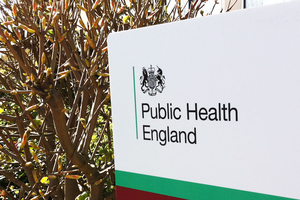Public Health England response to Sunday Telegraph coverage
Public Health England's (PHE鈥檚) response to coverage and a leader column in the Sunday Telegraph on 31 May 2020.

Duncan Selbie, PHE Chief Executive said:
Articles published in the Sunday Telegraph (31 May 2020) and Telegraph website on the test and trace system are both factually incorrect and misleading
The print articles confuse聽testing for coronavirus with contact tracing throughout.聽These are聽2 very different public health interventions.
It is wholly inaccurate to say that PHE stopped testing for coronavirus in March, or that capacity wasn鈥檛 there to test more than 5 cases per week.
鈥淭he article claims:聽routine聽testing and tracing聽of contacts was stopped because Public Health England鈥檚 systems were struggling to deal with a handful of cases.鈥�
The minutes from a meeting of the Scientific Advisory Committee on Emergencies (SAGE) held on 18聽February make clear that at that point, PHE could deal with 5 new cases a week聽and the associated isolation of 800 contacts 鈥� which was sufficient capacity at the time 鈥� and聽modelling suggested it had the capacity to scale up significantly as needed. Widespread contact tracing was stopped because increased community transmission meant it was no longer the most useful strategy.
鈥淭he article claims that contact tracing was abandoned鈥�
Again, this is not the case. Once there was clear evidence of widespread, sustained community transmission and the Prime Minister announced the move to delay phase, contact tracing was unlikely to control the outbreak alone. At this point contact tracing was targeted where it could be most effective during this phase 鈥� focusing on the most vulnerable, for instance, carrying out contact tracing in care homes, hospitals and institutional environments.
鈥淭he paper also claims there was 鈥榓 desperate initial shortage of capacity鈥� to test and trace.鈥�
This is not accurate 鈥� there was no shortage of contact tracers by the time of sustained community transmission and PHE contacted over 5,000 people as part of its contact tracing during the containment phase. We believe that this activity delayed the peak of the pandemic by around a month and enabled the NHS to prepare more fully.